SLVSCB0E january 2014 – may 2023 TPS562200 , TPS563200
PRODUCTION DATA
- 1 Features
- 2 Applications
- 3 Description
- 4 Revision History
- 5 Pin Configuration and Functions
- 6 Specifications
- 7 Detailed Description
- 8 Application and Implementation
- 9 Device and Documentation Support
- 10Mechanical, Packaging, And Orderable Information
Package Options
Mechanical Data (Package|Pins)
- DDC|6
Thermal pad, mechanical data (Package|Pins)
Orderable Information
6.8 Typical Characteristics TPS563200
VIN = 12 V (unless otherwise noted).
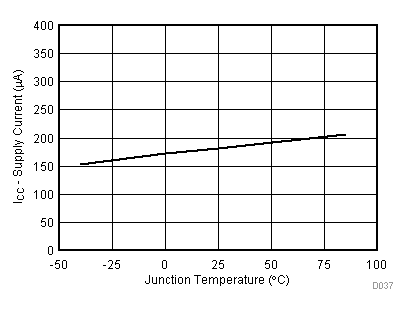
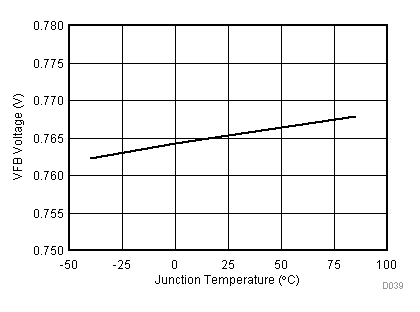
| IO = 1 A |
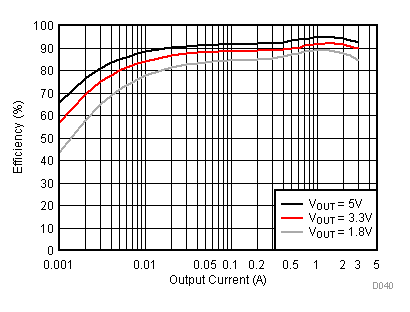
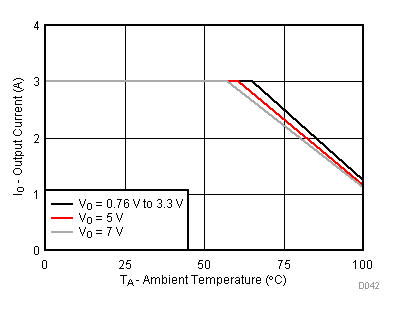
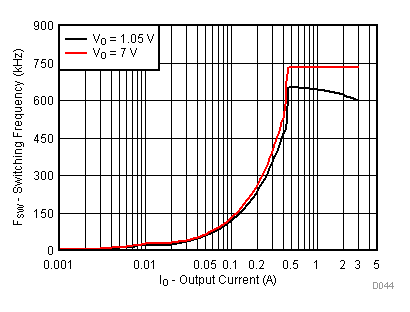
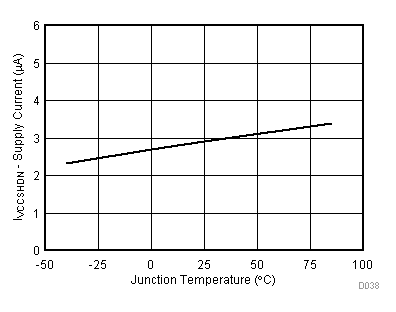
| EN = 0 V |
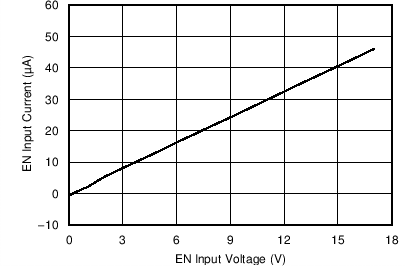
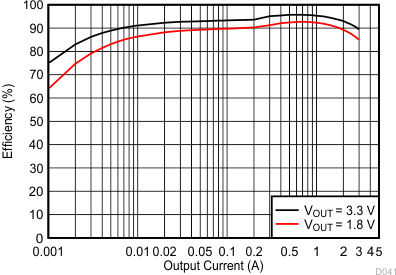
| VIN = 5 V |
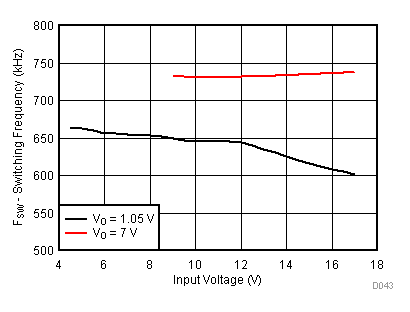
| IOUT = 1 A |